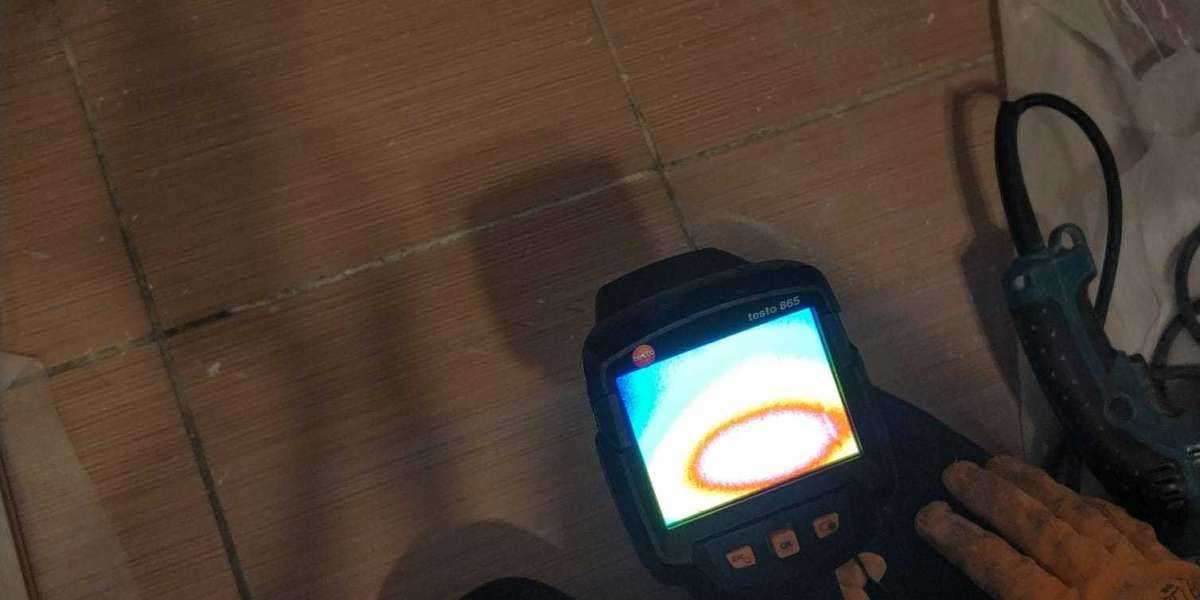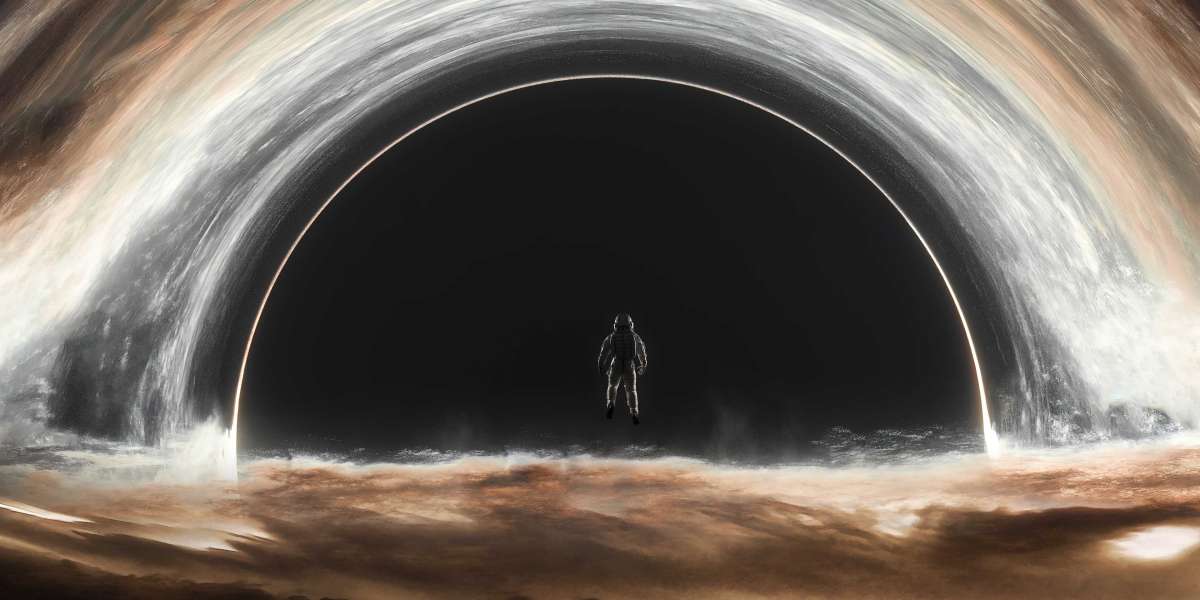Introduction:
In the frigid winter of 1961, an event unfolded that would forever etch itself into the annals of space exploration history. The Apollo 1 Fire Tragedy, which occurred on January 27, 1967, not only claimed the lives of three brave astronauts but also served as a critical turning point in the United States' ambitious lunar mission. This catastrophic incident highlighted the daunting challenges involved in venturing beyond Earth's atmosphere and paved the way for improved safety protocols, pushing humanity closer to realizing the dream of reaching the lunar surface.
Body:
Just a few years after President John F. Kennedy had announced the goal of landing humans on the moon by the end of the 1960s, the National Aeronautics and Space Administration (NASA) was making formidable progress. However, tragedy abruptly struck during a routine preflight test for Apollo 1 at Cape Kennedy, Florida.
Gus Grissom, Ed White, and Roger Chaffee, the three astronauts chosen for the mission, were scheduled to conduct a plugs out test, simulating actual flight conditions inside the Apollo Command Module. The astronauts, sealed inside the pressurized cabin module without their spacesuits on, were meticulously preparing for their upcoming mission. As the test commenced, the cabin atmosphere was filled with a mix of pure oxygen, creating an environment intended to mimic conditions in space.
Within minutes of the simulation's start, ground control technicians began to report hearing a distressing scribbling noise emanating from the module. Moments later, flames engulfed the interior, transforming Apollo 1 into a smoldering death trap. Frantic attempts were made to rescue the astronauts, but tragically, all efforts were in vain. The fire had burned so fiercely and rapidly that escape became impossible.
The task of investigating this unprecedented disaster fell upon NASA's Accident Review Board. Their inquiry uncovered a series of design flaws and inadequate safety measures that, when combined, became a lethal cocktail. Flammable materials and inadequate fireproofing allowed the fire to ignite and spread with shocking speed, while a poorly designed hatch made it impossible for the crew to quickly exit the capsule.
This tragedy served as a watershed moment for space exploration, forcing NASA to reevaluate its practices and establish more rigorous safety standards. The accident led to a complete redesign of the Apollo Command Module, ensuring that future missions would not repeat the same mistakes. Additionally, the implementation of stricter testing procedures significantly reduced the risks associated with human spaceflight.
Conclusion:
The Apollo 1 Fire Tragedy of 1967 was a heart-wrenching event that forever changed the course of space exploration. Through the sacrifice of Grissom, White, and Chaffee, humanity learned valuable lessons about the unforgiving nature of outer space and the need for unwavering commitment to safety. Although the incident was a devastating setback, it ultimately propelled NASA closer to achieving President Kennedy's audacious goal of landing humans on the moon, making it a pivotal moment in the history of space exploration.








